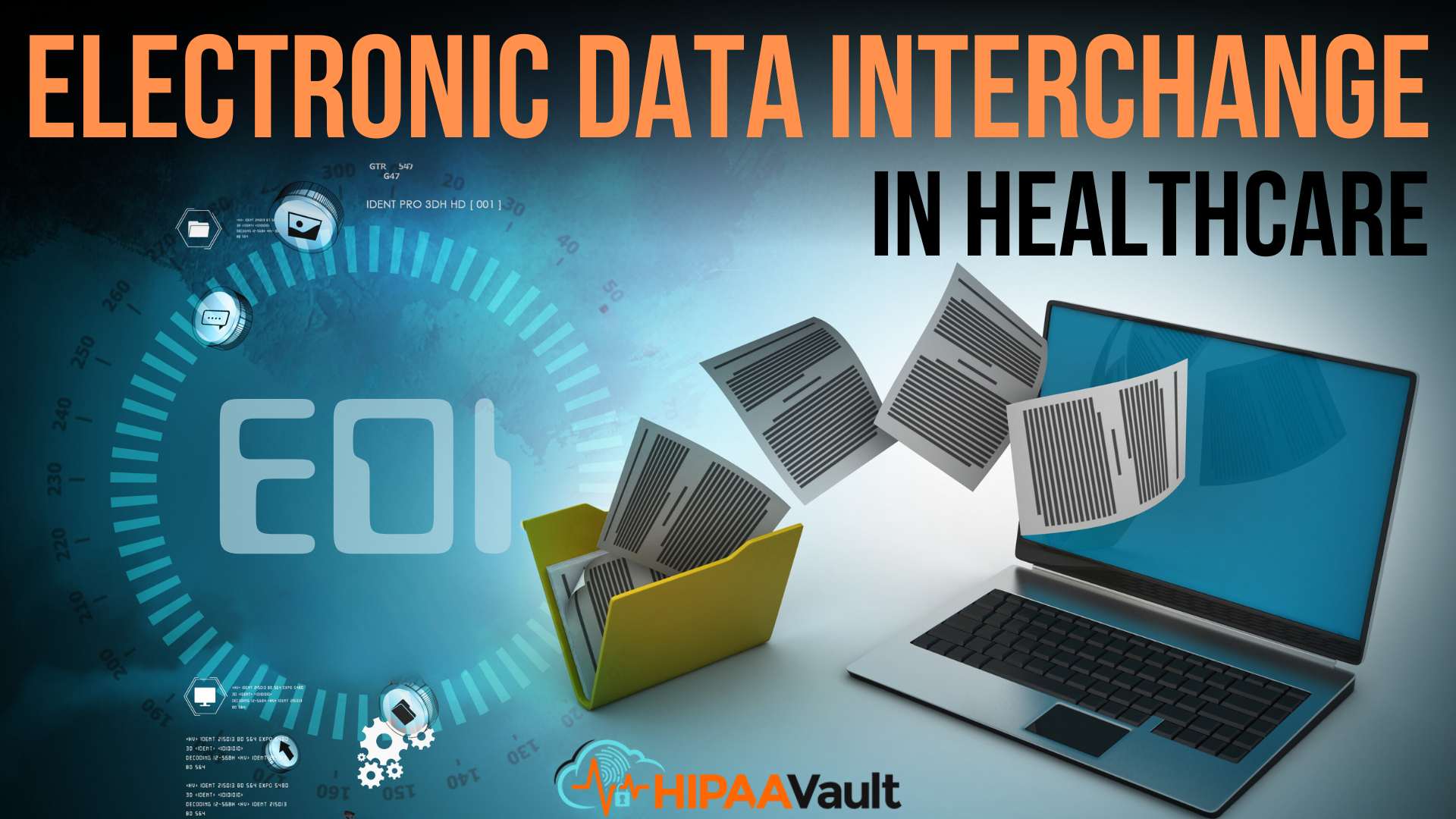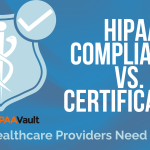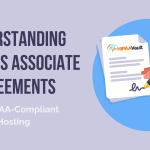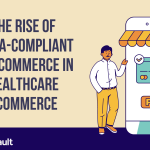
The Digital Revolution in Healthcare
In the world of healthcare, the phrase “an apple a day” is rapidly being replaced by “an EDI a day keeps the paperwork at bay.” Electronic Data Interchange (EDI) in healthcare is the unsung hero making the sector more efficient, accurate, and patient-friendly
Understanding Electronic Data Interchange (EDI) in Healthcare
Definition and Purpose
Electronic Data Interchange is a standardized method for exchanging business documents between different companies. Healthcare organizations use EDI to transfer clinical and administrative data among healthcare providers, patients, insurers, and other interested parties
Key Benefits for Healthcare Providers
EDI supports the exchange of medical records, billing information, eligibility inquiries, claim status, and other health-related details. For instance, providers use EDI to send electronic claims to insurance companies, who can then respond with electronic remittance advice. This facilitates more efficient billing and claims processing, reduces paperwork, and improves data accuracy and patient care
HIPAA EDI Standards
HIPAA sets the standard for protecting sensitive patient data and provides a set of standard formats for EDI documents. This ensures that all organizations are using a standardized, secure method for HIPAA electronic data interchange
Essential EDI Documents in Healthcare
Electronic Data Interchange has specific documents that outline how organizations should transfer data. Here are the key EDI documents streamlining various processes in the healthcare sector:
- EDI 837 Healthcare Claims: This is a healthcare claim document that providers send to payers, containing information about the medical services provided to a patient and requesting payment. More on EDI 837
- EDI 835 Electronic Remittance Advice: Insurance companies send this in response to an EDI 837, detailing the payment of medical claims.
- EDI 270/271 Eligibility Inquiries and Responses: Healthcare providers send an EDI 270 to check a patient’s eligibility for specific medical services, and insurers respond with an EDI 271.
- EDI 276/277 Claim Status Requests and Responses: Providers send an EDI 276 to check a claim’s status, and the insurance company responds with an EDI 277.
- EDI 278 Healthcare Services Review: This document is used for healthcare services review, such as authorization for medical procedures.
- EDI 820 Payment Order/Remittance Advice: Healthcare providers use this to receive payment and remittance information electronically from payers, reducing the need for paper checks and explanations of benefits. It facilitates efficient revenue cycle management by aligning payments with services, optimizing cash flow and financial reconciliation in healthcare.
- EDI 834 Benefit Enrollment and Maintenance: Employers, unions, or insurance agencies use this document to enroll, update, add, or terminate individuals for specific healthcare benefits. It facilitates smooth communication of enrollment data between the insurance sponsor and the payer. More on EDI 834.
HIPAA Compliance and EDI: Ensuring Data Security
HIPAA Requirements for EDI Transactions
HIPAA compliance is crucial for EDI in healthcare. Organizations dealing with protected health information (PHI) must ensure that all required physical, network, and process security measures are in place and followed
Implementing Security Measures
HIPAA requires organizations using EDI for healthcare data transfer to implement necessary safeguards to protect the data during transmission. This includes using secure networks and encryption technologies to protect sensitive information from unauthorized access
Consequences of Non-Compliance
Non-compliance with HIPAA EDI standards can lead to severe penalties, including fines and potential legal action. Organizations should regularly review their electronic interchange processes and security measures to ensure ongoing HIPAA compliance
The Impact of EDI on Healthcare Operations
Streamlining Administrative Processes
EDI enhances operational efficiency by reducing the manual effort and time invested in administrative tasks, leading to cost savings.
Improving Accuracy and Efficiency
It improves data accuracy by eliminating human errors commonly associated with manual data entry. This enhances the reliability of patient records, ensuring more accurate billing and less time spent on correcting errors.
Enhancing Patient Care and Satisfaction
Healthcare providers can receive immediate updates on claim status and patient eligibility, leading to faster service delivery and improved patient satisfaction.
Future Trends in Healthcare EDI
AI and Machine Learning Integration
The integration of Artificial Intelligence and Machine Learning in EDI systems is improving accuracy in claims processing and enhancing overall efficiency.
Cloud-Based EDI Solutions
There’s a significant shift towards cloud-based EDI solutions, offering improved accessibility and scalability for healthcare organizations.
Mobile EDI Applications
The use of mobile EDI solutions in healthcare has increased, allowing for real-time data exchange and improved accessibility for healthcare professionals on the go.
Embracing EDI for a More Efficient Healthcare System
Adopting EDI in healthcare holds numerous advantages for organizations. It not only improves operational efficiency and data accuracy but also contributes to environmental sustainability by significantly reducing paper use. As the healthcare sector continues to evolve, EDI remains a crucial tool in creating a more efficient, accurate, and patient-centered system





